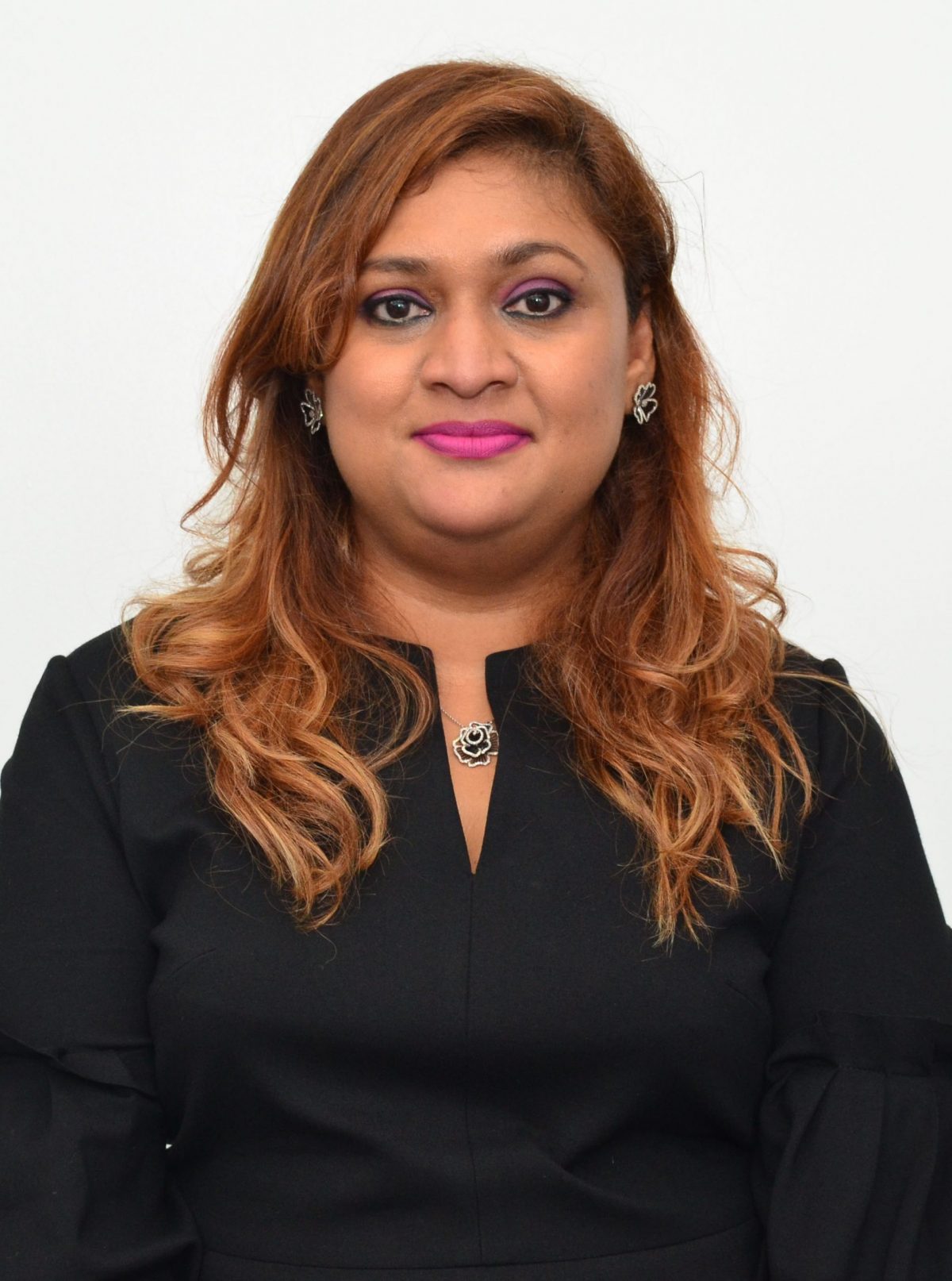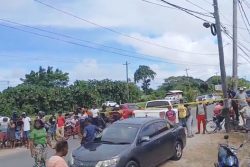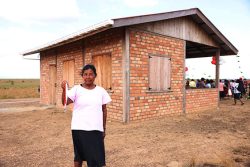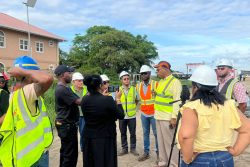A total of 1,131 persons participated in the Ministry of Education’s first consultation with Grades 5 and 6 teachers on Friday, with an informative virtual discussion about the way forward for delivering quality education to all parts of Guyana.
Minister of Education Priya Manickchand had an interactive discussion with teachers and education stakeholders about the best strategies for delivering education to students writing the National Grade Six Assessment (NGSA) next year. The meeting was held via Zoom and attendees from the Education system which includes teachers, Regional Educational Officers, and other stakeholders, involved in the delivery of education in the country, as well as media personnel were invited to participate. With a total of 1,096 grade 5 and 6 teachers in the country, the turnout was impressive and the conversation was praised by the Minister who said that she was inspired by the teachers’ interest and participation in the meeting. She said that it is the first of the many consultations she hopes to have as the Ministry seeks a solution that will benefit all as they prepare the children for the exam which will determine the secondary school each student will be placed at.
Throughout the meeting, teachers from the 11 districts in Guyana shared their experience teaching amidst the coronavirus outbreak and also outlined the steps they would support as the Ministry moves to deliver the NGSA for the year 2021. Many teachers acknowledged their own battles when trying to get information to students with challenges such as connectivity issues, lack of resources, and small turnouts for online classes. However most teachers agreed that the NGSA should undergo not only a re-evaluation for the way the exam is structured, but that the curriculum students must follow should also be remodeled to accommodate students with adequate knowledge that can be grasped in the short period they will be provided, to learn and study for the exam.
While the exam is usually written in April, most teachers suggested that the exam should be written about two months later so as to lengthen the school year and provide enough time for the Grade six syllabus to be taught in full. They also suggested that the syllabus be formulated to provide the exam writers with answers to the questions that will be asked on the examination paper. Meaning the syllabus will be set to accommodate exam questions rather than having students learn everything which might not be fully understood given the way teaching is being operated currently. Additionally, some teachers spoke on behalf of parents who would have raised the need for study guidelines to be accessible or the full year syllabus to be released so that parents and students know what topics are going to be on the exam paper. They said that this way parents know what to have their children focus on since they will be at home as they continue their schooling.
Not prominent
And other teachers raised concerns about access to the information that is needed for the students to be ready for the NGSA. Many of the teachers shared that they have been trying the online method and in areas where internet access was not prominent or available, they tried handing out worksheets and sending work home for the students. However in both instances, teachers explained that their efforts were met with difficulties, such as having to pay for data services, having a small turnout in the number of students, and high prices for printing worksheets. But determined, the teachers relayed that they did what had to be done for the students to move forward with their academics.
Teachers from some hinterland areas of the country, like Aishalton, were also part of the virtual meeting and told the Minister that the difficulties faced in those rural districts include the inaccessibility to not only the internet, but having worksheets provided for the students. As it is known that certain areas of Guyana do not have electricity, internet access, and a number of other amenities, the challenge being faced across the country is not the same for all. In regions like Potaro/Siparuni and Upper Takutu/Upper Essequibo, internet access is not available everywhere and in cases where it is, it is costly. The Aishalton teacher suggested that the government come up with a way to provide printers and ink to have the work printed out for students and even distribute study packages for students to learn and practice with. Other teachers also asked that in cases where the children have internet, tablets or some device be provided for the students to do their daily classroom work because most children do not have their own. Some teachers spoke of scenarios where more than one child lives in a home and has to share devices or have to wait until their parents return home from work so they can do their assignments on the parent’s cellphone or other device. The teachers said they understand that this would cost the government but it is necessary if this is the intended way forward. The teachers also discussed the need for an internet connection in every household and even in schools. They said that the Ministry would need to have internet carriers somehow come on board to provide internet access that is affordable.
Another suggestion by the teachers was to have the teachers of schools come together to deliver the work across the country. they suggested that teacher record themselves explaining the work and have this information placed on drives to share to other students, and to make use of the little time provided, they suggested that one teacher covers one subject while another covers another subject and have the work delivered to students.
The issue of some students being ahead of others was also brought up. The teachers said that while some students are going to benefit from either online, prerecorded, or workbooks, some other students who don’t have the same capacity to learn and whose parents also aren’t as inclined with certain topics will not be able to perform at their best.
Challenges
With the many challenges both teachers, students and parents are facing at this time, some teachers asked whether the regime used for the sitting of the recent NGSA could be utilised for students to return to school. The teachers said that due to the need for face-to-face interaction, they would suggest that the schools be equipped with all the necessities required to make the school safe for students to go to class and be able to continue learning. These teachers noted that since it would only be the students preparing to write the assessment in 2021, they could be spread out in the building to accommodate for social distancing requirements. However, some other teachers said that when preparing the previous batch of students for the NGSA, they noticed that some students’ need for normalcy would make them forget about physical distancing and due to the discomfort of masks they would ask permission to remove it. One head teacher disclosed that even her staff would remove their masks and use the face shield to make themselves comfortable. Hence they are not completely in agreement with the return to physical classrooms. However some others made the point that the students might not be safe travelling to school and may be exposed to uncertainties that could put them at risk of contracting COVID-19.
The option of catchment placing was also discussed and some teachers said that they would agree that students should be placed at secondary schools that are close to their homes and during the first year of their secondary education the students can sit a placement exam. Another similar suggestion was that of a diagnostic test being written so that they can assess where students are in terms of learning, this they said would benefit the paper setters. As it would give them an idea about which topics and concepts were grasped from the syllabus.
Throughout the meeting, Manickchand expressed her satisfaction with the teacher’s input. She frequently asked teachers about the status of the curriculum delivered to the students at the school they teach at and expressed deep concern when she was told about the turnout for some teachers. While a few of the schools seem to be on track for the new school year, it was noted that not every student was on that level and in other cases, the teachers were struggling to find the most appropriate method of delivery.







